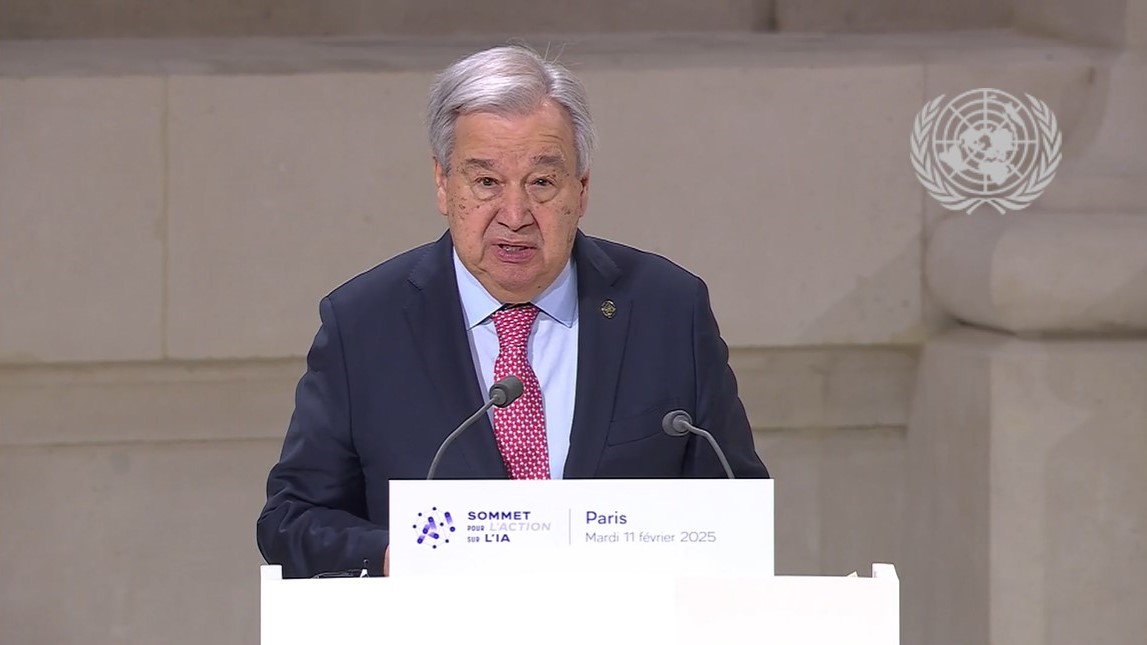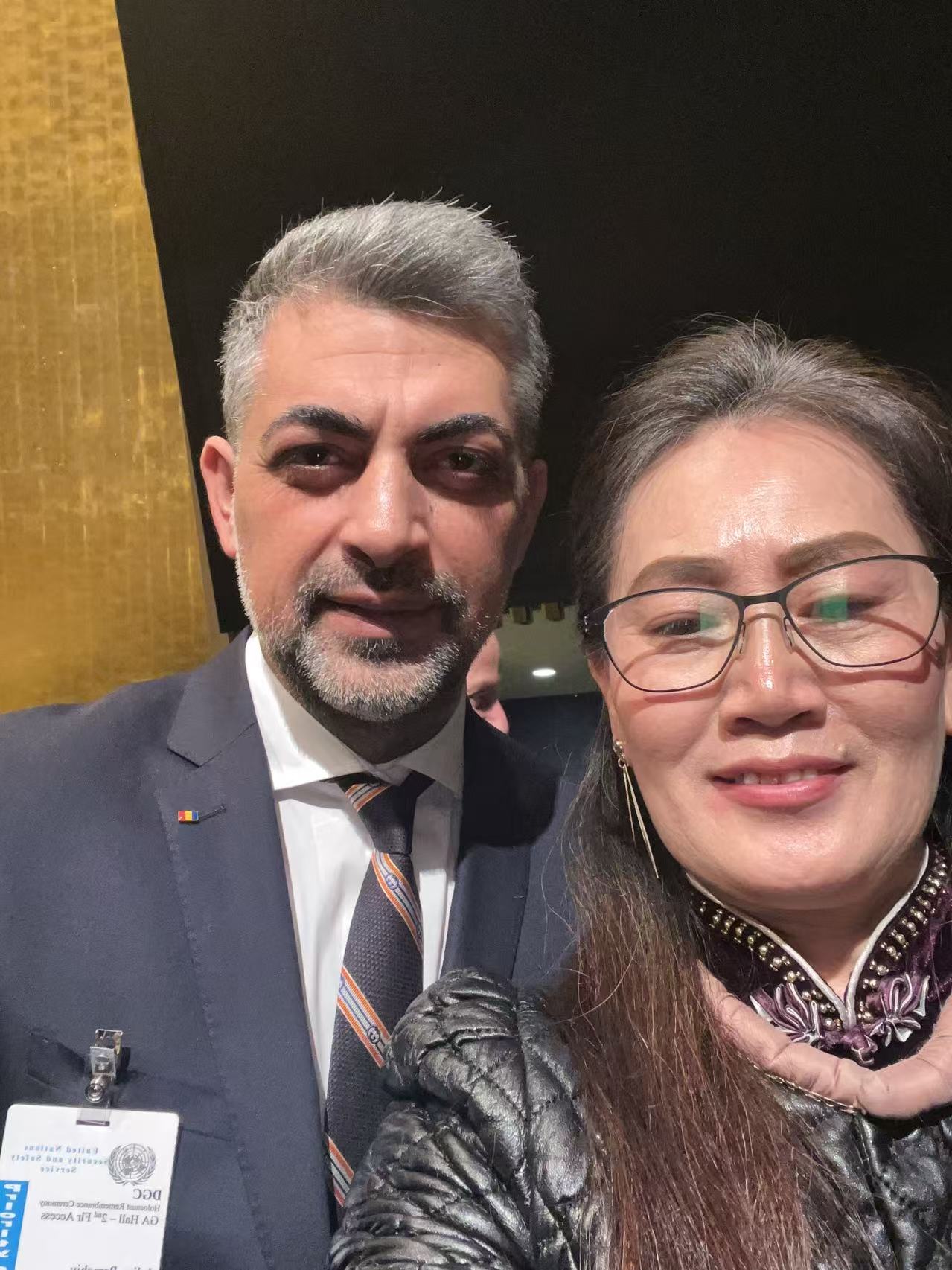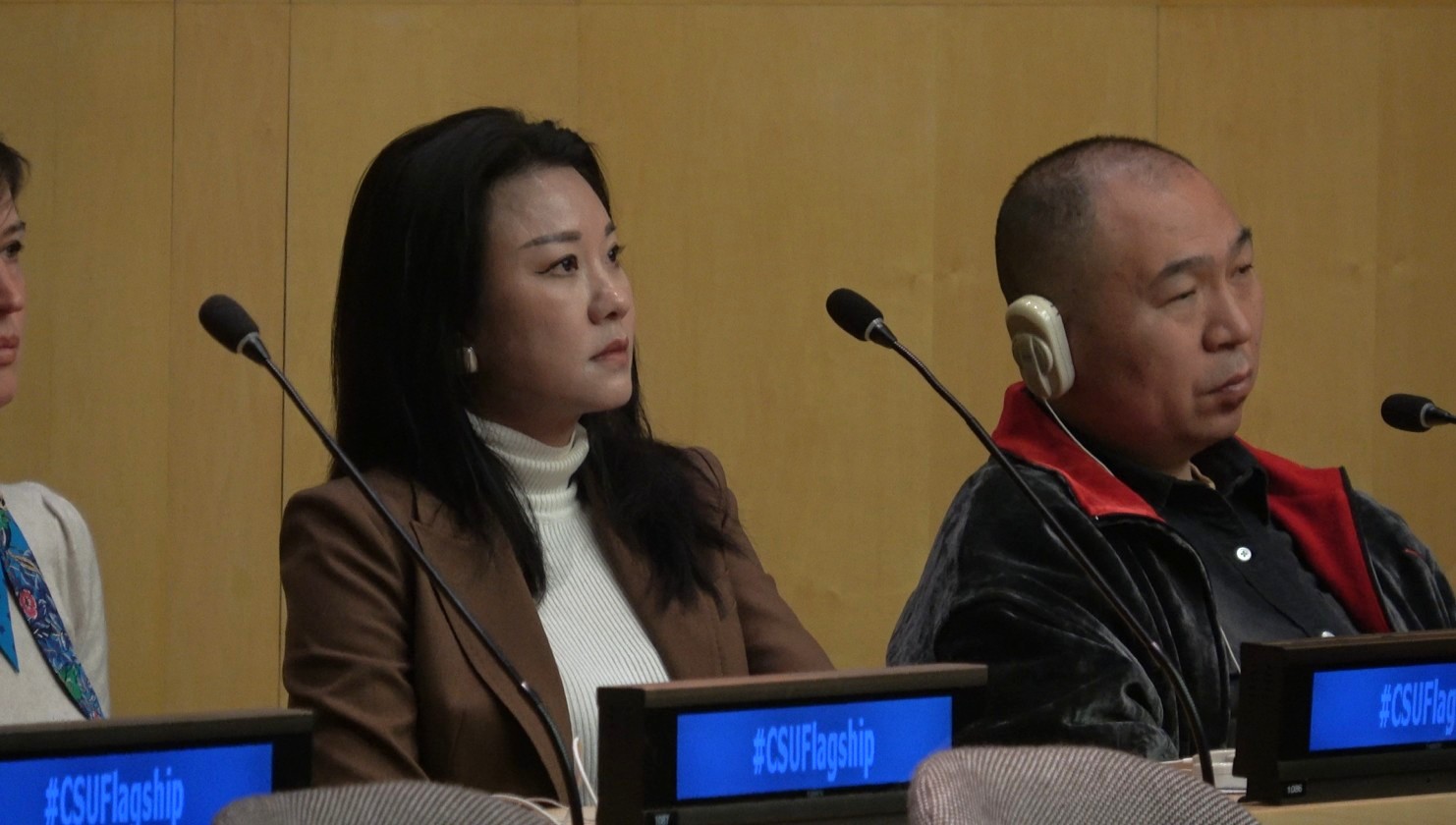 This year’s UN Climate Conference takes place in Sharm el-Sheikh, against a backdrop of extreme weather events worldwide, an energy crisis propelled by the war in Ukraine, and scientific data reiterating that the world is not doing enough to tackle carbon emissions and protect the future of our planet.
This year’s UN Climate Conference takes place in Sharm el-Sheikh, against a backdrop of extreme weather events worldwide, an energy crisis propelled by the war in Ukraine, and scientific data reiterating that the world is not doing enough to tackle carbon emissions and protect the future of our planet.The Secretary-General has said COP27 must deliver a “down-payment” on climate solutions that match the scale of the problem, so, will leaders deliver?
UN News will keep you informed during the two weeks of the conference officially kicking off on Nov 6th, but before our multimedia team heads for the shore of the Red Sea, we’ve compiled this guide to some of the most important things you need to know.

What’s the story with all these COPS?
The COPs are the biggest and most important annual climate-related conferences on the planet.
In 1992, the UN organised the Earth Summit in Rio de Janeiro, Brazil, in which the UN Framework Convention on Climate Change (UNFCCC) was adopted and its coordinating agency - what we know now as the UN Climate Change secretariat - was put into place.
In this treaty, nations agreed to "stabilize greenhouse gas concentrations in the atmosphere to prevent dangerous interference from human activity on the climate system”. So far, 197 different parties have signed it.
Since 1994, when the treaty entered into force, every year the UN has been bringing together almost every country on earth for global climate summits or “COPs”, which stands for ‘Conference of the Parties’.
During these meetings, nations have negotiated various extensions of the original treaty to establish legally binding limits on emissions, for example, the Kyoto Protocol in 1997 and the Paris Agreement adopted in 2015, in which all countries of the world agreed to step up efforts to try and limit global warming to 1.5°C above pre-industrial temperatures, and boost climate action financing.
This year marks the 27th annual summit, or COP27.

How is COP27 different from the other COPs?
Last year’s COP26, which marked five years since the signing of the Paris Agreement (one year was skipped because of the COVID pandemic), culminated in the Glasgow Climate Pact, which kept the goal of curbing global warming to 1.5 degrees Celsius alive, but “with a weak pulse”, as the then UK Presidency declared.
Advancements were made to make the Paris Agreement fully operational, by finalizing the details for its practical implementation, also known as the Paris Rulebook.
At COP26 countries agreed to deliver stronger commitments this year, including updated national plans with more ambitious targets. However, only 23 out of 193 countries have submitted their plans to the UN so far.
Glasgow also saw many pledges made inside and outside the negotiation rooms regarding net-zero commitments, forests protection and climate finance, among many other issues.
According to the Presidential vision statement, COP27 will be about moving from negotiations, and “planning for implementation” for all these promises and pledges made.
Egypt has called for full, timely, inclusive, and at-scale action on the ground.
According to experts, besides reviewing how to implement the Paris Rulebook, the conference will also see negotiations regarding some points that remained inconclusive after Glasgow.
These issues include “loss and damage” financing so that countries at the frontlines of the crisis can deal with the consequences of climate change that go beyond what they can adapt to, and the fulfilment of the promise of $100 billion every year from adaptation finance, from developed nations, to low-income countries.
The negotiations will also include technical discussions, for example, to specify the way in which nations should practically measure their emissions so there’s a level playing field for everyone.
All these discussions will pave the way for the first Global Stocktake at COP28, which in 2023 will assess the global collective progress on mitigation, adaptation, and means of implementation of the Paris Agreement.
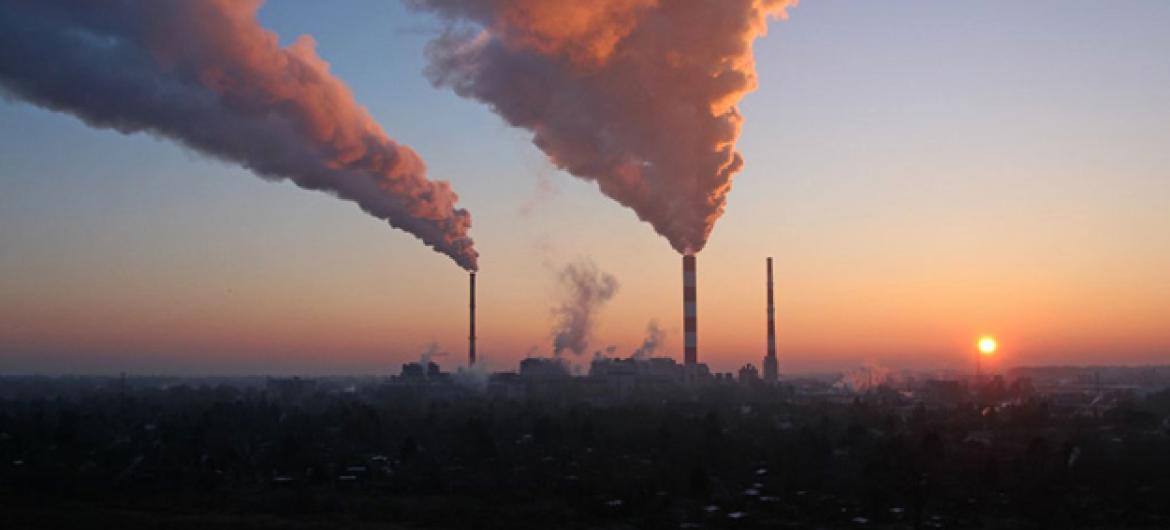
So, what are the big objectives this time?
1. Mitigation: how are countries reducing their emissions?
Climate Change Mitigation refers to efforts to reduce or prevent the emission of greenhouse gases. Mitigation can mean using new technologies and renewable energy sources, making older equipment more energy efficient, or changing management practices or consumer behaviour.
Countries are expected to show how they are planning to implement the Glasgow pact call, to review their climate plans and create a work programme related to mitigation.
This means presenting more ambitious 2030 emissions targets, since UN Climate Change has said that current plans are still not enough to avoid catastrophic warming.

2. Adaptation: how are countries going to adapt and help others do the same?
Climate change is here. Beyond doing everything we can to cut emissions and slow the pace of global warming, countries must also adapt to climate consequences so that they can protect their citizens.
The fallout varies depending on location. It might mean the risk of more fires or floods, droughts, hotter or colder days or sea-level rise.
At COP26, delegates adopted a work programme on the global goal of adaptation established in the Paris Agreement.
The plan was put in place to equip communities and countries with the knowledge and tools to ensure that adaptation actions they take, are indeed moving the world towards a more climate-resilient future.
The COP27 Presidency expects nations to capture and assess their progress toward enhancing resilience and helping the most vulnerable communities. This means countries making more detailed and ambitious commitments in the adaptation components of their national climate plans.
Last year, developed countries agreed to at least double finance for adaptation, and many stakeholders are calling for even greater levels of adaptation funding to match the amounts that are now being spent on mitigation, as established in the Paris Agreement. This will definitely be a big conversation topic at Sharm el-Sheikh.
UNFCCC is clear that to respond to the present and future climate risks it is necessary to significantly increase the scale of adaptation finance, from all sources – public and private sources. All players must come on board – governments, financial institutions, and the private sector.

3. Climate Finance: the elephant that never leaves the negotiation room
Climate finance will be a top theme once again at COP27, many finance-related discussions are already on the agenda, with developing countries making a loud call for developed countries to reassure sufficient and adequate financial support, particularly to the most vulnerable.
We will probably hear a lot about the yearly $100 billion promise by developed nations that isn’t being delivered. In 2009 in Copenhagen, rich countries committed to this financing, but official reports still show that this target is being missed. Experts expect COP27 to actually make this pledge a reality finally, in 2023.
The Egyptian Presidency aims to follow up on this and other commitments and pledges made in previous COPs.

What’s this ‘Loss and Damage’ issue we hear so much about?
Climate change, through extreme weather events such as tropical cyclones, desertification and rising sea levels, causes costly damage to countries.
Because the intensification of these otherwise “natural disasters” is being caused by the rise in greenhouse gas emissions, mostly from rich industrialised countries, developing countries - often the most affected - argue that they should receive compensation.
Denmark made headlines during the latest high-level week of the UN General Assembly after being the first country to announce that it will give $13 million to developing countries that have suffered damage due to climate change.
The issue of these payments, known as “loss and damage” will be more than likely a big topic of discussion at COP27, even when it hasn’t been put officially on the agenda yet.
The group of the 77 and China (which essentially includes all developing nations) has requested to add it to the agenda, which will require consensus across all countries on the first day of the talks.
To date, there have been discussions around establishing a Loss and Damage fund, but nothing concrete. Experts such as the UN Special Rapporteur on Human Rights and Climate, Ian Fry, are hoping to build further momentum and “get it done”.
“There are major developed countries that are quite concerned about it and looking at this issue from the perspective of what the polluter pays. Now, the countries most affected by climate change and suffering the costs are having to deal with those costs themselves.
“So, it's time the big countries, the major emitters, stood up and said, ‘we've got to do something, we've got to make a contribution to these vulnerable countries’”, he told UN News during a recent interview.

How is the war in Ukraine affecting all this?
According to Ilana Seid, Permanent Representative of Palau to the United Nations, and climate negotiator, this COP is going to be “confusing” given the current sociopolitical landscape and energy crisis.
“The war in Ukraine happened, so there are so many things that so many countries agreed to, and now they can’t do. As a result of the war, the landscape has shifted”, she explained.
Indeed, Russia’s invasion of Ukraine has caused a global inflation, energy, food and supply chain crisis. Countries such as Germany have had to scale back on their climate goals in the short term, while the historical China-US Climate Working Group announced in Glasgow has now been suspended.
COP27 will most likely see a setback in the pledges and commitments some countries did last year.
However, Special Rapporteur Ian Fry considers that the war could also be a “wake-up call” for nations to become self-sufficient in energy.
He argues that the cheapest way to do this is through renewables, which are key to reducing emissions.
“We're seeing Portugal moving towards 100 per cent renewable, we know Denmark is also doing that, and I think that will drive other countries to see the need to be renewable and energy self-sufficient”, he told UN News.

Will civil society participate at COP, or just delegates?
The main event will be held at the Sharm el-Sheikh International Convention Centre, from 6-18 November.
So far, there are over 30,000 people registered to attend representing governments, businesses, NGOs, and civil society groups.
The 197 Parties to the UNFCCC treaty, often get in groups or “blocs”, to negotiate together such as the G77 and China, the Africa Group, the Least Developed Countries, the Umbrella Forum, the Small Island Developing States, and the Independent Alliance of Latin America and the Caribbean.
The negotiations also include observers, which have no formal part in them but make interventions and help maintain transparency. Observers include United Nations agencies, intergovernmental organizations, NGOs, faith-based groups, and the press.
But besides the official negotiations, there will be conference rooms, a pavilion section, and thousands of side events happening, divided over thematic days,
This year’s themes are: Finance, Science, Youth & Future Generations, Decarbonization, Adaptation & Agriculture, Gender, Water, Ace & Civil Society, Energy, Biodiversity and Solutions (the newest theme this COP).
As usual, the conference will happen in two zones – The Blue Zone and the Green Zone, which this year are located right across from each other.
The Blue Zone is a UN-managed space where negotiations are hosted and, to enter, all attendees must be credited by the UNFCCC Secretariat.
This year there will be 156 pavilions inside the Blue Zone, double the amount at Glasgow. Many UN agencies, countries and regions will be represented, and there will also be for the first time a Youth and an Agrifood pavilion.
The Green Zone is managed by the Egyptian Government and open to the registered public. It will include events, exhibitions, workshops and talks to promote dialogue, awareness, education, and commitment on climate action.
According to the Presidency, the Green Zone will be the platform where the business community, youth, civil and indigenous societies, academia, artists and fashion communities from all over the world can express themselves and their voices can be heard.
This year, the Green Zone will also include a special “protest zone”, and a huge outdoor lounge and terrace space.
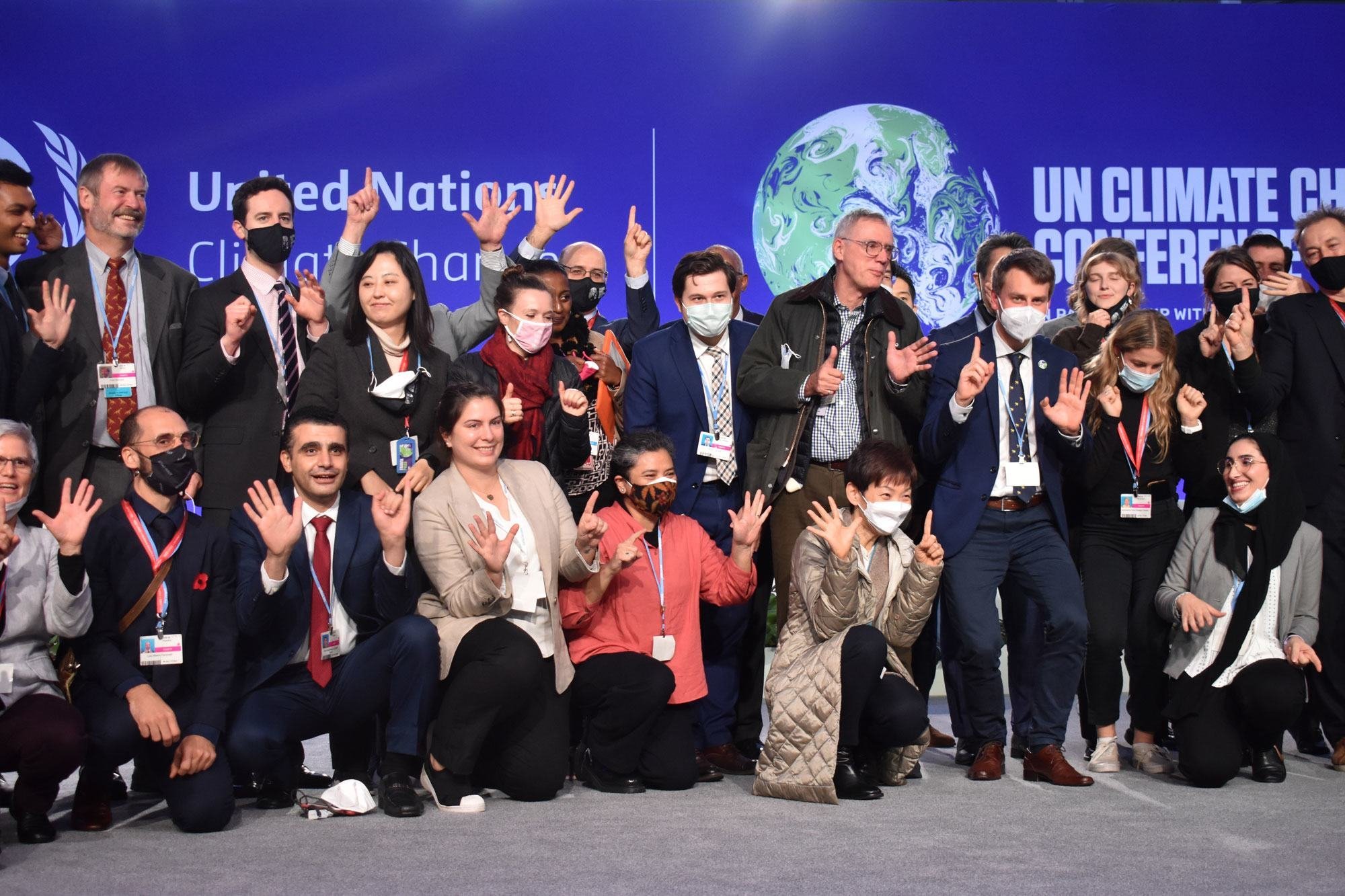
 Celebrity Media TV
Celebrity Media TV



